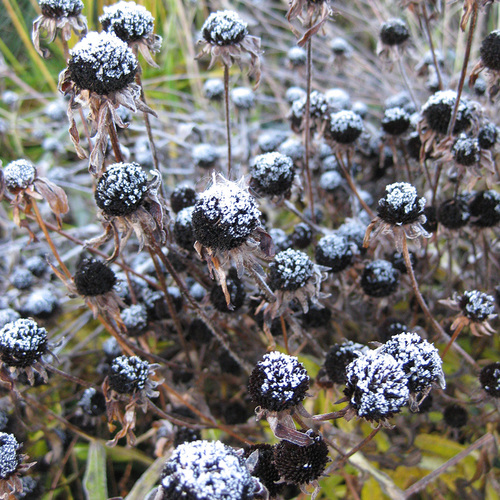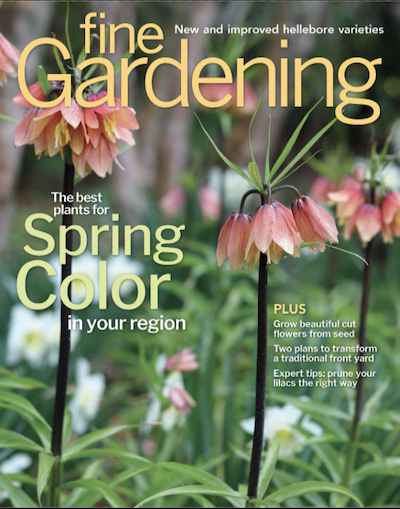Mark Dwyer
-
Midwest Regional Reports
How to Grow Mustard Greens for an Easy, Early Harvest
As gardeners, we long for the summer months and picking our first cucumber, zucchini, or tomato. However, you don't have to wait that long if you grow mustard greens (Brassica…
-
Midwest Regional Reports
Cool-Season Annuals for the Midwest
In the Midwest, the frequently unpredictable weather patterns in spring present myriad challenges related to garden preparations and planting times. Daytime temperatures fluctuate greatly over the early spring months, with…
-
Midwest Regional Reports
Dividing Perennial Grasses
As we head into early spring weather and our perennial, ornamental grasses start to show new growth, this is the ideal time to divide these plants. Division of grasses, and…
-
Midwest Regional Reports
A Delightful Bulb to Brighten the Late-Winter Garden
I remember my first experience seeing winter aconite (Eranthis hyemalis, Zones 3–7) in bloom at Fernwood Botanical Garden (Niles, Michigan) over 25 years ago. It was late March when I…
-
Midwest Regional Reports
Plants With Colorful Winter Fruit for the Midwest
As Midwest gardeners look out onto our winter landscapes, thoughts of spring are constantly running through our heads. Splashes of color in winter gardens help keep us going until spring…
-
Midwest Regional Reports
Blue Conifers for the Midwest
As our Midwest gardens transition to those long winter months, we start to focus on any remaining elements that offer color and texture. Ornamental bark, colorful stems, showy fruits, and…
-
Midwest Regional Reports
Big Bluestems for Big Fall Color in the Midwest
With the widest distribution of all native prairie grasses (native to most of North America, including the Midwest), big bluestem (Andropogon gerardii, Zones 3–9) continues not only to maintain its…
-
Midwest Regional Reports
Midwest November Garden To-Do List
Don’t clean up too much of the garden. A traditional approach to cleaning up autumn gardens includes raking leaves, cutting back perennials, removing annuals, and collecting debris. While this approach…
-
Midwest Regional Reports
An Annual Worth Your Time: ‘Strawberry Fields’ Globe Amaranth
I enjoy the brightness and warmth of true red in sunny garden designs, although I prefer it in moderation. ‘Strawberry Fields’ globe amaranth (Gomphrena haageana ‘Strawberry Fields’, Zones 11–12) has…
-
Midwest Regional Reports
Pest Control for the Midwest: Emerald Ash Borer
Emerald ash borer (Agrilus planipennis) has gained a certain notoriety over the last 20 years. This pest has been responsible for the death of over 100 million ash trees (Fraxinus…
















